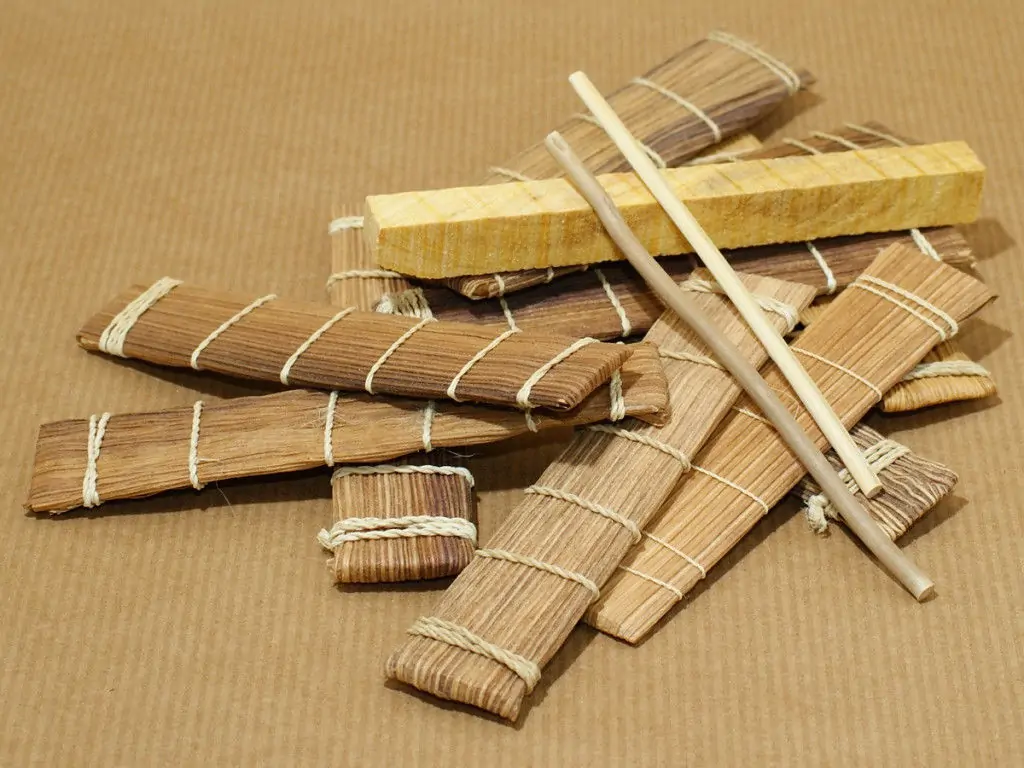1. The Origins of Cacao: A Rich History
Cacao has a history that dates back over 3,000 years, originating from the tropical rainforests of Central and South America. The ancient Mesoamericans, including the Maya and Aztecs, revered cacao as a sacred plant. It was not only consumed as a beverage but also used in religious rituals and as a form of currency. The Mayans believed that cacao was a gift from the gods, particularly the god of fertility, Ek Chuah. The cacao bean was ground and mixed with water, spices, and sometimes honey, resulting in a frothy drink that was both invigorating and ceremonial. The Aztecs, on the other hand, used cacao in their royal courts, where it was reserved for the elite. They would serve it during feasts and even used it as an aphrodisiac. With the arrival of European colonizers in the 16th century, cacao was introduced to Europe, leading to the evolution of chocolate as we know it today.
2. The Journey of Cacao: From Bean to Bar
The journey of cacao from bean to bar is a fascinating process that involves meticulous care and craftsmanship. It begins with the cacao tree, which thrives in humid, tropical environments. Farmers carefully harvest cacao pods, each containing about 20 to 50 cacao beans. After harvesting, the pods are opened, and the beans are removed and fermented for several days. This fermentation process is crucial as it develops the beans’ flavor profile. After fermentation, the beans are dried in the sun, roasted, and cracked open to reveal the nibs, which are the edible part of the cacao bean. These nibs are then ground into a thick paste known as chocolate liquor, which can be further processed to separate cocoa solids from cocoa butter. This chocolate liquor is the foundation for various chocolate products, ranging from dark chocolate to milk chocolate, and even white chocolate. The craftsmanship involved in this transformation highlights the complexity and artistry behind chocolate-making.
3. Health Benefits of Cacao: A Superfood
Cacao is often celebrated not only for its rich flavor but also for its impressive health benefits. Raw cacao is packed with antioxidants, particularly flavonoids, which are known for their anti-inflammatory and heart-protective properties. These antioxidants help combat free radicals in the body, reducing the risk of chronic diseases. Additionally, cacao is a natural mood booster. It contains compounds such as theobromine and phenylethylamine, which can enhance mood and promote feelings of happiness. Cacao is also rich in magnesium, iron, and dietary fiber, making it a nutritious addition to a balanced diet. Consuming dark chocolate, which contains a higher percentage of cacao, has been linked to improved brain function and lower blood pressure. However, it is essential to consume it in moderation to reap the benefits without overindulging in sugar and fat.
4. Cacao in Modern Culture: A Culinary Delight
In contemporary society, cacao has transcended its historical roots to become a culinary delight celebrated worldwide. Chocolate has evolved into an integral part of various cuisines, from decadent desserts to savory dishes. Artisan chocolatiers are now experimenting with unique flavors and techniques, incorporating ingredients like sea salt, chili, and exotic spices to create gourmet chocolate experiences. Cacao is also gaining traction in health-focused products, with cacao nibs and powders becoming popular additions to smoothies, energy bars, and baked goods. Additionally, the rise of ethical and sustainable sourcing practices has led consumers to seek out brands that prioritize fair trade and environmentally friendly methods of cacao production. The craft of chocolate-making has become a form of art, with chocolate festivals and tastings showcasing the diversity and richness of cacao. Whether enjoyed in a rich dark chocolate bar or a velvety hot cocoa, cacao continues to enchant and inspire, weaving its way into the hearts of many around the globe.
